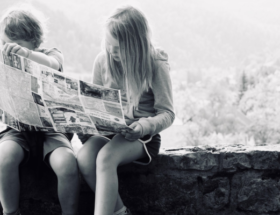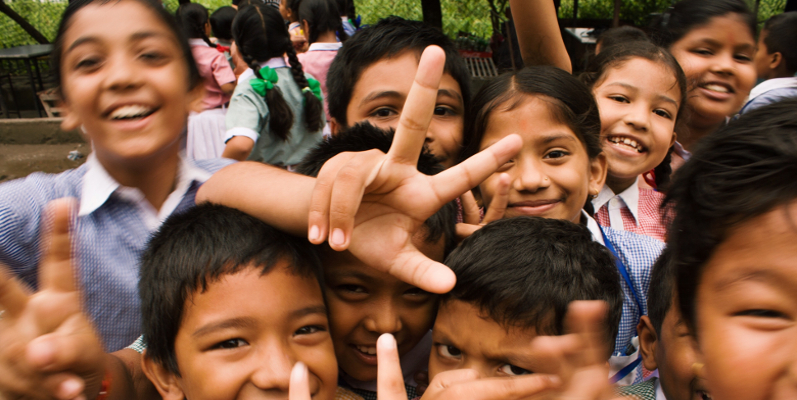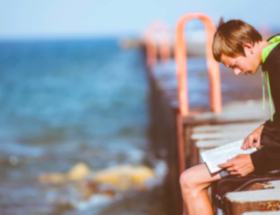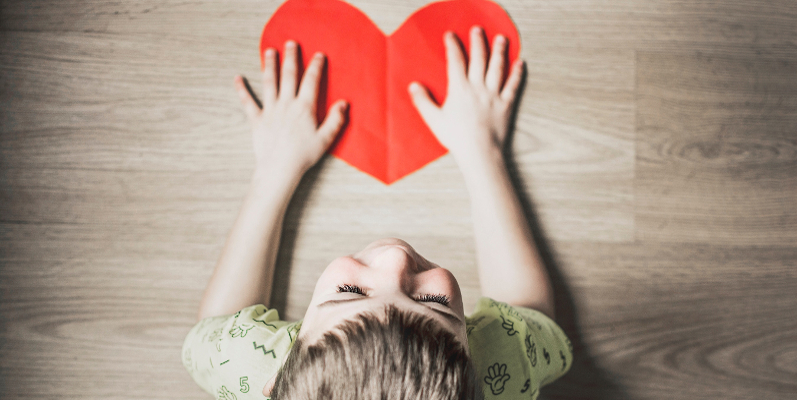In this time of COVID, our adult kids decided not to send each of their youngest children to preschool. I asked the kids if they were willing to send their sons to our home a few days a week so that I could learn with the boys. My original teacher certification is age 3 through 3rd grade so I was ready to shake off the dust and see what I could remember about preschool learning.
Learning theories abound. When I studied in university, constructivist learning theory was popular and it had an impact on my planning, instruction, and support for student learning. Currently, I find that experiential learning theory is what resonates as a powerful way to maximize autonomous learning for students.
Experiential learning theories build on social and constructivist theories of learning, but situate experience at the core of the learning process. They aim to understand the manners in which experiences – whether first or second hand – motivate learners and promote their learning. Therefore, learning is about meaningful experiences – in everyday life – that lead to a change in an individual’s knowledge and behaviours. Carl Rogers is an influential proponent of these theories, suggesting that experiential learning is “self-initiated learning” as people have a natural inclination to learn; and that they learn when they are fully involved in the learning process. (“Most influential theories of learning”, 2020)
As a way to document our experience, I’m sharing what I’m learning along with our grandsons this year. This blog will be a place where I can capture our learning; theirs AND mine.
What I Believe
I am convinced that kids learn best with opportunities for discovery in an environment that is supported through rich experiences and facilitated in supportive, caring, intellectually challenging social contexts. It follows then that I’ll spend my planning time reflecting on the learners (their needs, abilities, interests, curiosities), designing the environment, and providing learning opportunities that allow for experimenting. This belief leads me to allow plenty of time for talking about, reflecting on and making application of students’ learning.

What I Observe
Many early childhood programs for 4-5 year olds teach fundamental learning that they feel prepares kids for kindergarten. I’ve had lots of interaction as a peer and instructional coach with PreK and kindergarten classrooms over the last 30+ years in private and public schools.
Take a quick walk past the typical PreK room and you can see lots of “crafts” hanging on the bulletin board (one of the cutest–a yellow paper plate meant to look like a yellow chick), worksheets with various shapes colored, more worksheets with groups of items to count and fill in the blank with the correct number, approximations of student names written multiple times on lined paper. All of this student work I observed over the years is indeed giving a nod to early childhood standards.
However, just because one can check off a standard does not mean that real learning occurred. When I think about young students in their earliest outside-home learning, I think of rich language, exploration of materials, reading books, and enjoying music, all this with hours of hands-on learning.
My list of robust early childhood learning does not include worksheets or crafts created from a teacher model.
Outside these PreK classrooms, I’d expect to see a bulletin board full of original art, photos of kids’ block creations, cooking experiences, constructing with various materials, more pictures of favorite books, sketches of “retells” from read-alouds or audiobooks–all of these learning moments characterized by hours of curiosity, exploration and creation.
What I Intend
It’s true I’ll have only two young students in our PreK school this year and one could say that allows me to undertake more adventurous learning.
What I need to confess is that when I taught PreK and kindergarten many years ago, our classroom had a construction center with work table, hammers, screw drivers, scrap wood, screws, nails, nuts and bolts. The art center had an easel with two sides, paint, paintbrushes, plastic aprons to protect clothing, and a clothesline across the corner for drying “masterpieces” because we painted every day. In the block center there were blocks, big and small, trucks, cars, airplanes and tons of building/home/factory pictures posted prominently to inspire young builders. Our library area was packed with picture books from a variety of genres, maps, atlases, bus schedules, restaurant menus, newspapers and class-made books. We had a discovery center that included plants, rocks, animal bones, discarded small appliances and plenty of magnifying glasses for a closer look.
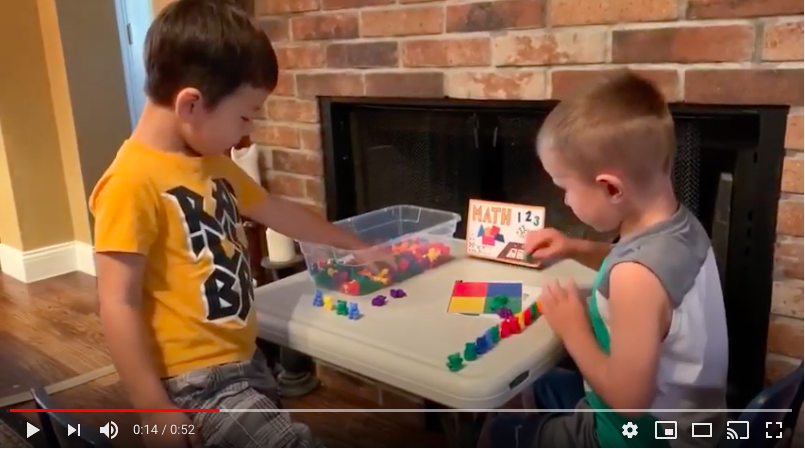
What I believed about early learning affected how I designed the environment. It’s the same now almost two decades later. No worksheets in our PreK in my home. Our math area is full of manipulatives that will be counted, sorted, measured, weighed and compared. The library area is crammed with books about friends, building community, exploring identity (our focus for September and October). The construction area has an abundance of materials for creating, building, exploring and the block area has large, medium and small blocks for creating structures.
We also have a “finger gym” center for activities that allow for small motor development. No writing on lines, no copying from the board, no writing words in a journal from a paper copy at the table. My long time PreK teacher colleague, Judy Gray, said recently, “Young hands are like puppy paws and we have to understand and accommodate that in our classrooms.”
The boys will use tongs to pick up various small bits, stretch rubber bands across geo-boards, retrieve small items hidden in cornmeal, rice, packing peanuts. They’ll use turkey basters during water play and they’ll pin old-school clothespins on a number of games we’ll play.
We’ll read morning messages together and identify letters/words they know. Stacks of books are set aside for weeks in advance and great media cued up to view followed by lots of talking and wondering. We planted a small fall garden just last week and there are tons of “science standards” we’ll satisfy as we hypothesize, observe, sketch and label.

Experiential learning. Every day.
All this learning can lead to the expansion of their thinking and their individual knowledge as well as a change in their cognitive and metacognitive dispositions going forward.
You can follow us here, too:
https://www.facebook.com/valinda.kimmel
https://www.instagram.com/valindakimmel/
Most influential theories of learning. (2020). Retrieved 19 September 2020, from http://www.ibe.unesco.org/en/geqaf/annexes/technical-notes/most-influential-theories-learning




